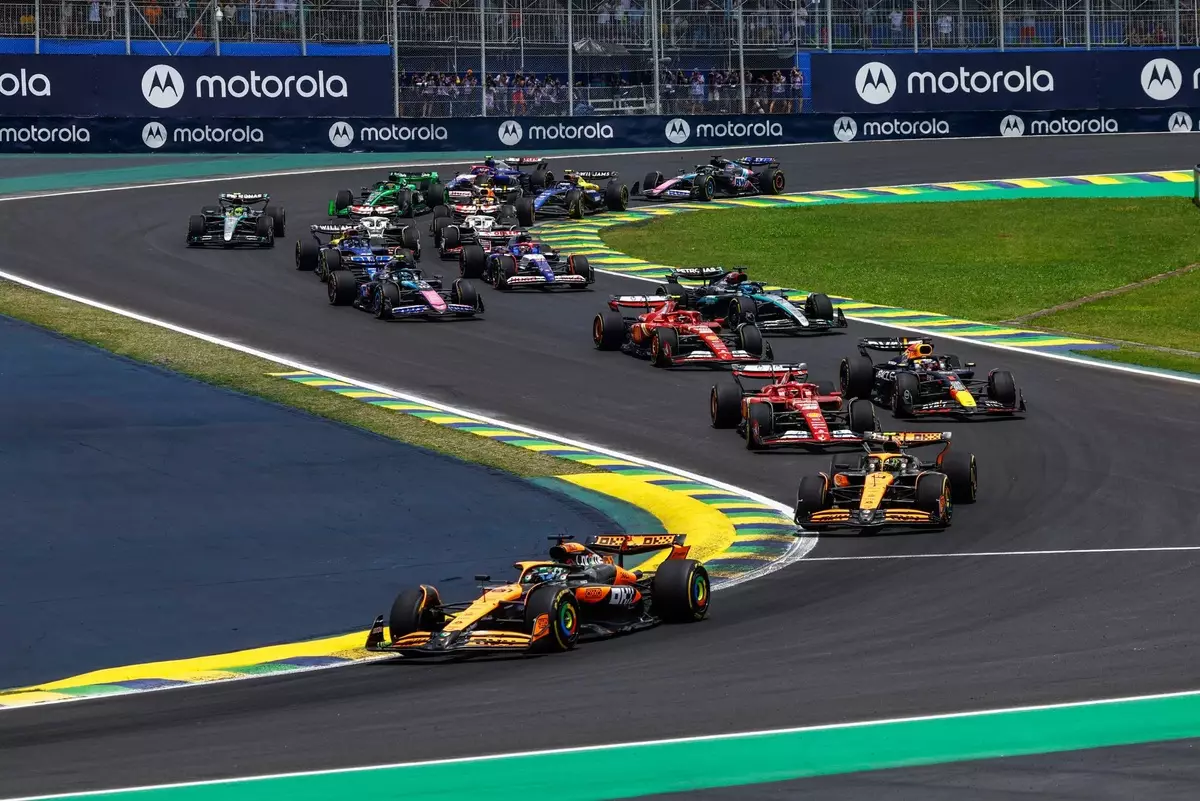As the motorsport world prepares for significant upheaval in Formula 1 regulations, the dynamics of competition are shifting. By 2026, teams will have to adapt to transformative changes, including revamped turbo hybrid engines that promise higher battery power in conjunction with new aerodynamic regulations. This upcoming era is prompting a strategic re-evaluation of current practices, especially regarding aerodynamic testing and development.
Ferrari’s team principal, Fred Vasseur, has suggested that the aerodynamic testing restrictions could fundamentally alter competitive strategies for the upcoming 2025 season. Teams may opt to prioritize their resources for the 2026 regulations instead of seeking short-term success. This prospective strategy raises the question of whether some teams will deliberately underperform in the 2025 season, sacrificing their standings to gain an advantage in future years.
Formula 1 is renowned for its tightly-regulated environment, where minute adjustments can yield substantial performance benefits. The current aerodynamic testing regulations are structured around a sliding scale, which allocates wind tunnel time based on constructors‘ championship standings. Those sitting at the top of the table are afforded the least amount of testing time, while lower-ranking teams can utilize more wind tunnel resources and computational fluid dynamics (CFD) capabilities.
Vasseur has noted a divergence in focus between teams that are in contention for the championship and those that are not. For instance, a team in fourth place might be tempted to expend its resources on the current season to improve its standing, while a team situated mid-table could opt to forgo immediate gains in favor of maximizing their aerodynamic development for 2026. This differential in strategic focus could lead to an unprecedented reshuffling of competitive hierarchies as certain teams intentionally adopt a long-term mindset.
The notion of ‚going for broke‘ in pursuit of the 2026 regulations could effectively become a strategy for teams that realistically assess their chances for immediate victory as minimal. By prioritizing aerodynamic development in the face of the upcoming rules changes, these teams could position themselves advantageously for the next era of racing. Vasseur emphasizes that for those teams that are not vying for the championship, the opportunity exists to approach 2025 with a mindset heavily focused on the needs of the following regulations.
As teams navigate this complex decision-making landscape, there are plenty of factors at play. For the high-ranking teams who’ve shared the spoils of success in 2024, the pressure will be on to balance immediate competitive needs with the urgency of preparing for the future. Every wind tunnel session, every simulation run, becomes a critical asset in determining which strategy is most viable. A higher investment in the 2026 project may yield fruitful returns, but only if teams can afford to relinquish the pursuit of glory in the interim.
The mid-season resets of aerodynamic testing allowances present opportunities for teams positioned lower on the championship ladder. These resets, occurring every January and July, afford lower-ranked teams a chance to increase their testing time relative to the constructors ranked above them. If a team can position itself strategically before the reset, it could substantially boost its aerodynamic development for the rest of the season.
This quest for aerodynamic supremacy leads to a further breakdown of traditional competitive norms within Formula 1, where teams have historically aimed for near-instant performance enhancements. The tactical decision to throttle back might ruffle feathers among fans and stakeholders who place value on competitive integrity. However, from a managerial perspective, embracing a long-term strategy could redefine excellence in Formula 1, focusing on sustainable performance rather than fleeting victories.
In the face of inevitable change, Formula 1 teams are at a crossroads, compelled to evaluate their competitive strategies in light of the upcoming regulations. With the shifting focus on aerodynamics and the implications of testing restrictions, the landscape could witness team dynamics transform over the next few seasons. As teams weigh the costs and benefits of current competitive success against future gains, the decision to sacrifice short-term victories for long-term growth may very well be the game-changing strategy that shapes the future of this iconic motorsport.


Napsat komentář